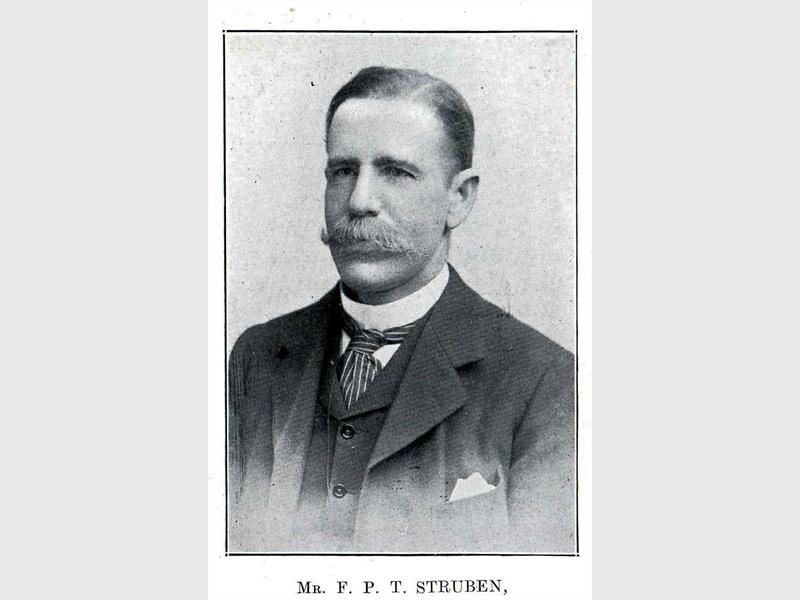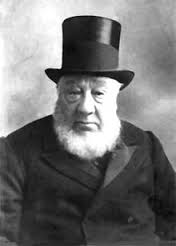South Africa: World's Largest Gold Rush
There is some confusion around who should be credited for finding the richest gold field the world has ever known. As one side of the story goes, on a Sunday in March 1886 an Australian wanderer, George Harrison, stumbled across a small vein of the main gold-bearing reef while harvesting stone to help build a house for Widow Oosthuizen, who owned the farm. Others loudly proclaim prospector Jan Gerritze Bantjes was the original explorer to the discoverer of the Witwatersrand gold reef in June 1884, having prospected the area since the early 1880s.

recorded in history with a monument where the original outcrop was located and a park named in his honor. Bantjes supporters maintain the monument and park should bear his name as he was active in the gold mining industry for decades and instrumental in the shaping of South African history. It was hardly a sensational find in the beginning as Africans had mined gold for hundreds of years. In most cases these small crops of minute gold flakes ran out, forcing mining towns into closure.
This was the essence of all the South African gold mines, not the nuggets just lying about in California. The gold found at Langlaagte was different. At first, the miners failed to grasp that there was an endless treasure trove of gold, stretching 250 miles and plunging deep underground. They stumbled about, groping for riches, following false trails and panning in all the wrong places, all the while perched right atop the richest mother-lode the world has ever known. In fact, the area is still mined today, the gold-bearing basin never having 'bottomed out'.

of feet of protective hard rock meant that harvesting the reward would fall to those with engineering skill and the equipment to pull it off. Thus, although the news of gold on Langlaagte farm brought men rushing in from all over the world, it was only those with capital who would benefit, mostly entrepreneurs, having previously made money from the lucrative South African diamond mines.
It was Bantjes who aroused the interest of prospecting brothers Fred and Harry Strubens who soon arrived with an ore stamp machine. Bantjes put the machine to work, crushing the very first gold-bearing rock and lighting the fuse to an explosion of migrant workers and fortune seekers that settled in a string of camps along the golden arc known as the Witwatersrand.

Among the first of the rapidly appearing makeshift camps was one called Johannesburg, flickering lanterns in dusty streets which eventually grew to be the biggest town in the country, bigger even than Pretoria, the capital. What previously had been an agricultural region became a wealthy producer of a third of the world's gold - 1.5 billion ounces. The Witwatersrand Gold Rush was also a major contributing factor of the failed Jameson Raid of 1895 to 1896, and of the outbreak of the Second Boer War in 1899.

Paul Kruger









